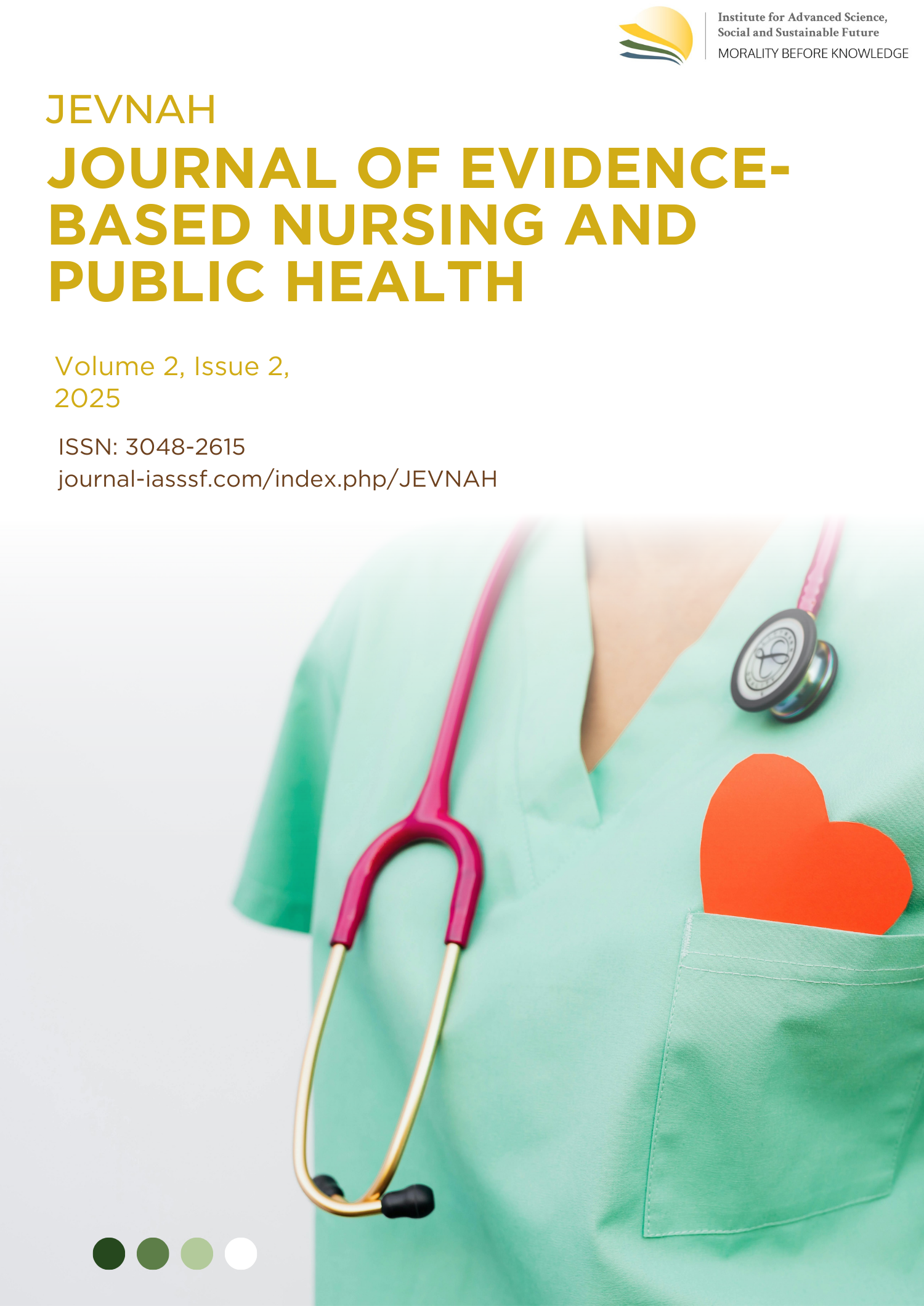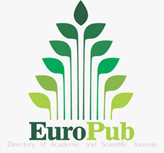Effectiveness of co-amoxiclav antibiotic therapy in carbuncle patients with type II diabetes mellitus
DOI:
https://doi.org/10.61511/jevnah.v2i02.2025.1865Keywords:
carbuncle, co-amoxiclav, diagnosisAbstract
Background: Carbuncle is a confluent folliculitis that is infection affecting multiple hair follicles leading to multiple sinuses discharging pus. Optimisation of co-morbidities such as diabetes, adequate hydration, and antibiotics and are mainstay of initial treatment. Surgical intervention in the form of debridement and desloughing followed by wound care is the next line of management. The aim of this study was to know the effectiveness of co-amoxiclav antibiotic therapy in carbuncle patients with type II diabetes mellitus at the Surgical Polyclinic of Sabu Raijua Regional Hospital. Methods: This type of research is quantitative research using a cross-sectional retrospective approach. The sample in this study was patient data collection through medical records from 2023 to 2024 who underwent co-amoxiclav therapy of 1000 mg every 8 hours orally for 10 days accompanied by incision drainage with local anesthesia of 2% lidocaine with a carbuncle size of >10 cm who were treated at the Surgical Polyclinic of Sabu Raijua Hospital, totaling 10 patients. Findings: The results of therapy with co-amoxiclav antibiotic 1000 mg every 8 hours orally for 10 days accompanied by incision drainage with local anesthesia lidocaine 2% with carbuncle size >10 cm who received treatment were 10 patients who successfully recovered with outpatient care, did not experience complications or readmissions. Conclusion: In early-stage carbuncle cases, treatment with oral co-amoxiclav antibiotics alone is possible and effective, although incision and drainage should still be performed as early as possible. Novelty/Originality of this Article: This study demonstrates the effectiveness of the combination of oral co-amoxiclav 1000 mg/8 hours for 10 days with incision-drainage in carbuncles >10 cm with type II DM, which can be successfully treated as an outpatient without complications or readmissions.
References
Ahmad, H., & Siddiqui, S. S. (2017). An unusually large carbuncle of the temporofacial region demonstrating remarkable post-debridement wound healing process: A case report. Wounds, 29(4), 92–95. https://europepmc.org/article/med/28448262
Akram, M. U., Atique, H., Siddiqui, S., Haider, S., Raza, A., & Arshad, N. (2021). Management of a giant carbuncle on the posterior trunk with excision and grafting. Journal of the Pakistan Medical Association, 71(11), 2665–2668. https://doi.org/10.47391/jpma.011651
Balintescu, A., Lind, M., Franko, M. A., Oldner, A., Cronhjort, M., Svensson, A. M., et al. (2022). Glycemic control and risk of sepsis and subsequent mortality in type 2 diabetes. Diabetes Care, 45(1), 127–133. https://doi.org/10.2337/dc21-1050
Chang, G. H., Ding, M. C., Yang, Y. H., Lin, Y. H., Liu, C. H., Lin, M. H., et al. (2019). High risk of deep neck infection in patients with type 1 diabetes mellitus: A nationwide population-based cohort study. Journal of Clinical Medicine, 7(11), 420. https://doi.org/10.3390/jcm7110385
Gheisari, M., Baghani, M., Ganji, R., Forouzanfar, M. M. (2021). Huge carbuncle leading to necrotizing fasciitis in the COVID-19 pandemic era. Clinical Case Reports, 9(3), 1583–1586. https://doi.org/10.1002/ccr3.3839
Hee, T. G., & Jin, B. J. (2019). The surgical treatment of carbuncles: A tale of two techniques. Iranian Red Crescent Medical Journal, 15(4), 367–370. https://doi.org/10.5812/ircmj.2992
Hirabayashi, M., Takedomi, H., Ando, Y., & Omura, K. (2019). Neck carbuncle associated with methicillin-susceptible Staphylococcus aureus bacteraemia. BMJ Case Reports, 12(1), https://doi.org/10.1136/bcr-2018-226935
Iyer, S. P., Kadam, P., Gore, M. A., & Subramaniyan, P. (2019). Excision of carbuncle with primary split-thickness skin grafting as a new treatment modality. International Wound Journal, 10(6), 697–702. https://doi.org/10.1111/j.1742-481x.2012.01049.x
Khamaisi, M., & Balanson, S. (2017). Dysregulation of wound healing mechanisms in diabetes and the importance of negative pressure wound therapy (NPWT). Diabetes/Metabolism Research and Reviews, 33(7). https://doi.org/10.1002/dmrr.2929
Marques, S. A., & Abbade, L. P. F. (2020). Severe bacterial skin infections. Anais Brasileiros de Dermatologia, 95(4), 407–417. https://doi.org/10.1016/j.abd.2020.04.003
Naqvi, G., Malik, S., & Jan, W. (2019). Necrotizing fasciitis of the lower extremity: A case report and current concept of diagnosis and management. Scandinavian Journal of Trauma, Resuscitation and Emergency Medicine, 17(1), 1–7. https://doi.org/10.1186/1757-7241-17-28
Ng, J., et al. (2021). Antibiotic irrigation: A promising unconventional method for facial carbuncle. Cureus, 13(9), e14710. https://doi.org/10.7759/cureus.14710
Lin, H. S., Lin, P. T., Tsai, Y. S., Wang, S. H., & Chi, C. C. (n.d.). Interventions for bacterial folliculitis and boils (furuncles and carbuncles). Cochrane Database of Systematic Reviews.
Liu, Z., et al. (2022). Fire needle or combined therapy versus surgical therapy for carbuncle of the neck: A case series. Infection and Drug Resistance, 15, 7293–7299. https://doi.org/10.2147/idr.s391381
Sharma, S., & Verma, K. K. (2021). Skin and soft tissue infection. Indian Journal of Pediatrics, 68(3), S46–S50. https://pubmed.ncbi.nlm.nih.gov/11980459/
Sartelli, M., et al. (2022). WSES/GAIS/WSIS/SIS-E/AAST global clinical pathways for patients with skin and soft tissue infections. World Journal of Emergency Surgery, 17(3), 1–28. https://doi.org/10.1186/s13017-022-00406-2
Sedik, A., Rauf, M. Y., & Makhdoom, M., et al. (2018). Huge carbuncle of the neck with intracranial extension: A case report. International Surgery Journal, 5(3), 1154–1157. https://www.ijsurgery.com/index.php/isj/article/view/2458
Troxell, T., & Hall, C. A. (2022). Carbuncle. In statpearls [Internet]. Treasure Island (FL): statpearls Publishing.
Vagholkar, K., et al. (2023). Carbuncle: A challenging infective lesion. International Surgery Journal, 7, 38–40. Https://doi.org/10.33545/surgery.2023.v7.i1a.973
Wang, X., et al. (2022). Treatment for giant nape carbuncle complicated by diabetic ketoacidosis and sepsis: A case report and literature review. Journal of Clinical & Experimental Dermatology Research, 13, 619. https://www.longdom.org/open-access/treatment-for-giant-nape-carbuncle-complicated-by-diabetic-ketoacidosis-and-sepsis-a-case-report-and-literature-review-96576.html
World Health Organization. (2020). The impact of the COVID-19 pandemic on noncommunicable disease resources and services: Results of a rapid assessment. World Health Organization.
Zhang, L. C., Hao, L. M., Huang, Y. B., Huang, H. F., Hu, J., & Bi, M. Y. (2020). Satisfactory response of a back carbuncle to 5-aminolevulinic acid (ALA) photodynamic therapy: A case report. Photodiagnosis and Photodynamic Therapy, 30, 101618. https://doi.org/10.1016/j.pdpdt.2019.101618
Downloads
Published
Issue
Section
Citation Check
License
Copyright (c) 2025 Dian Mahfudz Asri Saputri

This work is licensed under a Creative Commons Attribution 4.0 International License.
















